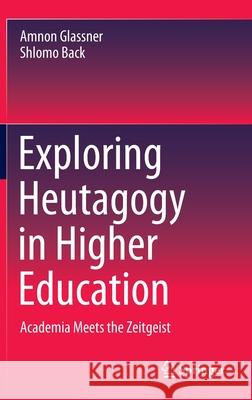Exploring Heutagogy in Higher Education: Academia Meets the Zeitgeist » książka
topmenu
Exploring Heutagogy in Higher Education: Academia Meets the Zeitgeist
ISBN-13: 9789811541438 / Angielski / Twarda / 2020 / 210 str.
Exploring Heutagogy in Higher Education: Academia Meets the Zeitgeist
ISBN-13: 9789811541438 / Angielski / Twarda / 2020 / 210 str.
cena 522,07
(netto: 497,21 VAT: 5%)
Najniższa cena z 30 dni: 501,19
(netto: 497,21 VAT: 5%)
Najniższa cena z 30 dni: 501,19
Termin realizacji zamówienia:
ok. 22 dni roboczych
Dostawa w 2026 r.
ok. 22 dni roboczych
Dostawa w 2026 r.
Darmowa dostawa!
Kategorie:
Kategorie BISAC:
Wydawca:
Springer
Język:
Angielski
ISBN-13:
9789811541438
Rok wydania:
2020
Wydanie:
2020
Ilość stron:
210
Waga:
0.50 kg
Wymiary:
23.39 x 15.6 x 1.42
Oprawa:
Twarda
Wolumenów:
01
Dodatkowe informacje:
Wydanie ilustrowane











